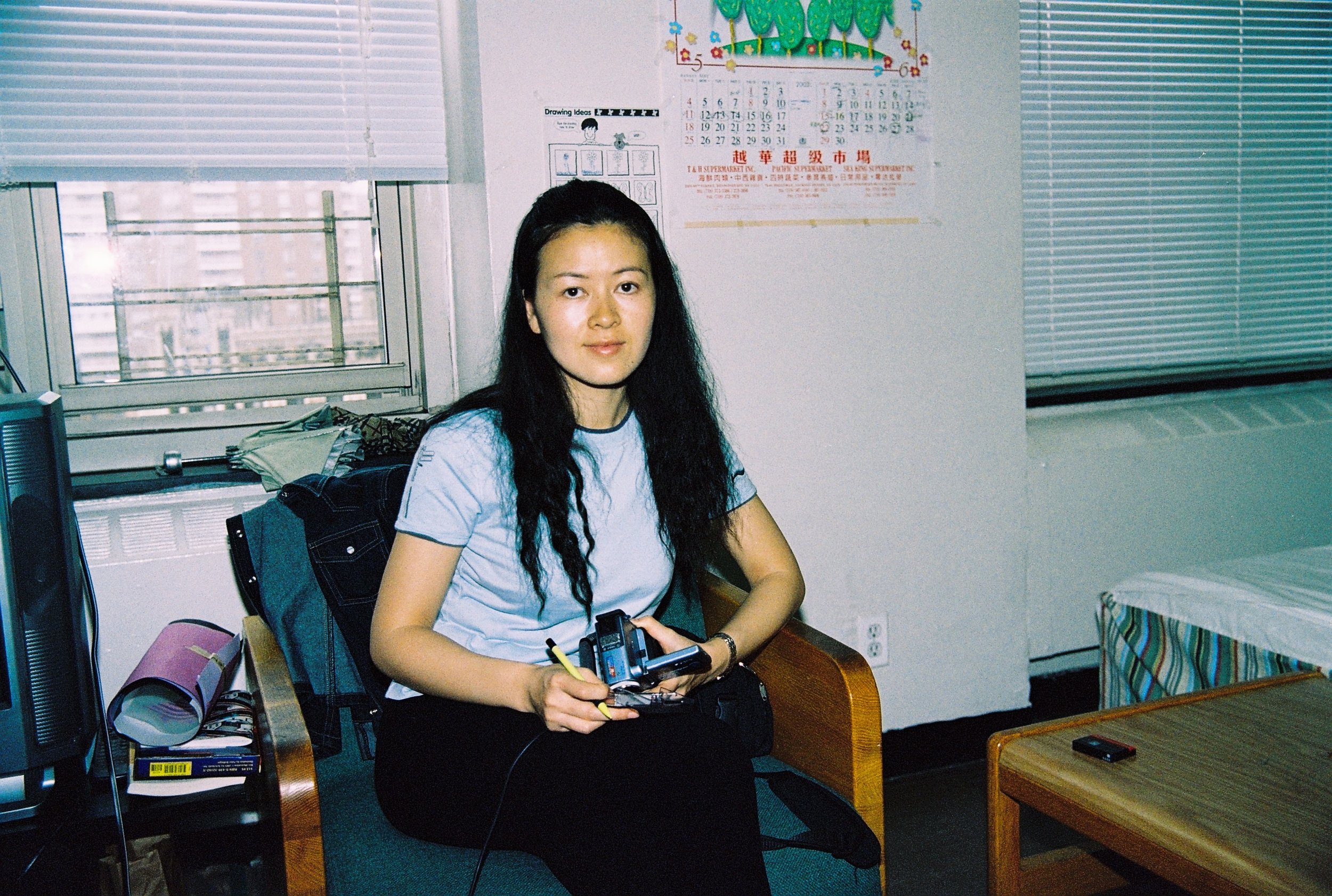DOCUMENTARY
A Family’s Dictionary of Morningside Heights
This documentary, created in 2022 during my final semester at Columbia University while pursuing my master’s degree, is a personal reflection on my family’s journey and my father’s time at the university twenty years ago.
The Inspiration
My father grew up in a poor, rural village on the outskirts of Wuhan. Of his four siblings, he was the only one to leave Hubei. He attended Tsinghua University and lived in cities like Beijing and Shenzhen before marrying my mother. After working for a few years, they moved to New York, where he pursued a degree at Columbia.
My dad’s journey—from a rural town to an Ivy League institution—has always inspired me. Every time I walk through Columbia’s campus, I’m reminded of the two years my family spent here nearly two decades ago. Sometimes, I snap a picture and send it to my family on WeChat. To this day, they hold fond memories of New York. In a way, my attending Columbia has rekindled our family’s connection to this neighborhood.
Three summers ago, while reorganizing drawers at home, I found a box of VHS tapes. I had them digitized, and when they returned, I discovered 12 hours of home videos—most recorded between 2002 and 2004, during my father’s time at Columbia. For years, I wanted to do something with this footage but didn’t know how. It wasn’t until this project that I finally decided to create a film about my father’s Columbia years. It felt fitting, now that I was a Columbia student myself.
The Process
I wanted to preserve the home video aesthetic, so I decided not to film anything new. Instead, I dove straight into editing the existing footage. At first, I had no idea how to structure the film. What was the storyline? Whose perspective should it be? Should I interview my dad or narrate it myself? What was the point of this film, and why should anyone care?
The footage—12 hours (720 minutes) in total—was chaotic. Only 7 minutes made it into the final film. Screening the material took up 90% of my editing process. I spent nearly a week sifting through it, using Final Cut Pro to mark potentially useful scenes and audio. The random chronology of the videos added another layer of difficulty—some footage was recorded over older tapes, making it hard to determine the timeline. I had to play detective, piecing together events based on the weather, backgrounds, and people featured (my brother’s birth in February 2004 served as a helpful marker).
Certain scenes stood out, like the conversation at the beginning of the film where my parents discussed how much battery was left on the camcorder. These moments felt natural and authentic, capturing their dynamic—one that hasn’t changed to this day. They were consciously recording their daily lives in New York, and this realization became a breakthrough for me. Maybe the film didn’t need a traditional storyline with characters, conflict, or climax. Maybe the journey itself—our family’s time in New York—was enough. It began with our arrival in Morningside Heights and ended with our departure after my father’s graduation.
The Result
I structured the film like a dictionary, with vignettes of our experiences tied to specific places: “I-House,” “Cathedral,” “Riverside,” and “Columbia.” Each section serves as a montage of moments from those locations. While there was footage of Times Square and Central Park, I didn’t want these iconic landmarks to dominate the film. Instead, I kept it intimate, focusing on Morningside Heights—a kind of insider’s secret for those who know the area.
The final product is 720 minutes of footage and distilled it into a 7-minute story. In those 7 minutes, I relived my childhood in Morningside Heights and witnessed, as an adult, how my parents built a new life in a new country two decades ago. In the end, I feel the same pride and respect for them that I’ve always carried as their child.







